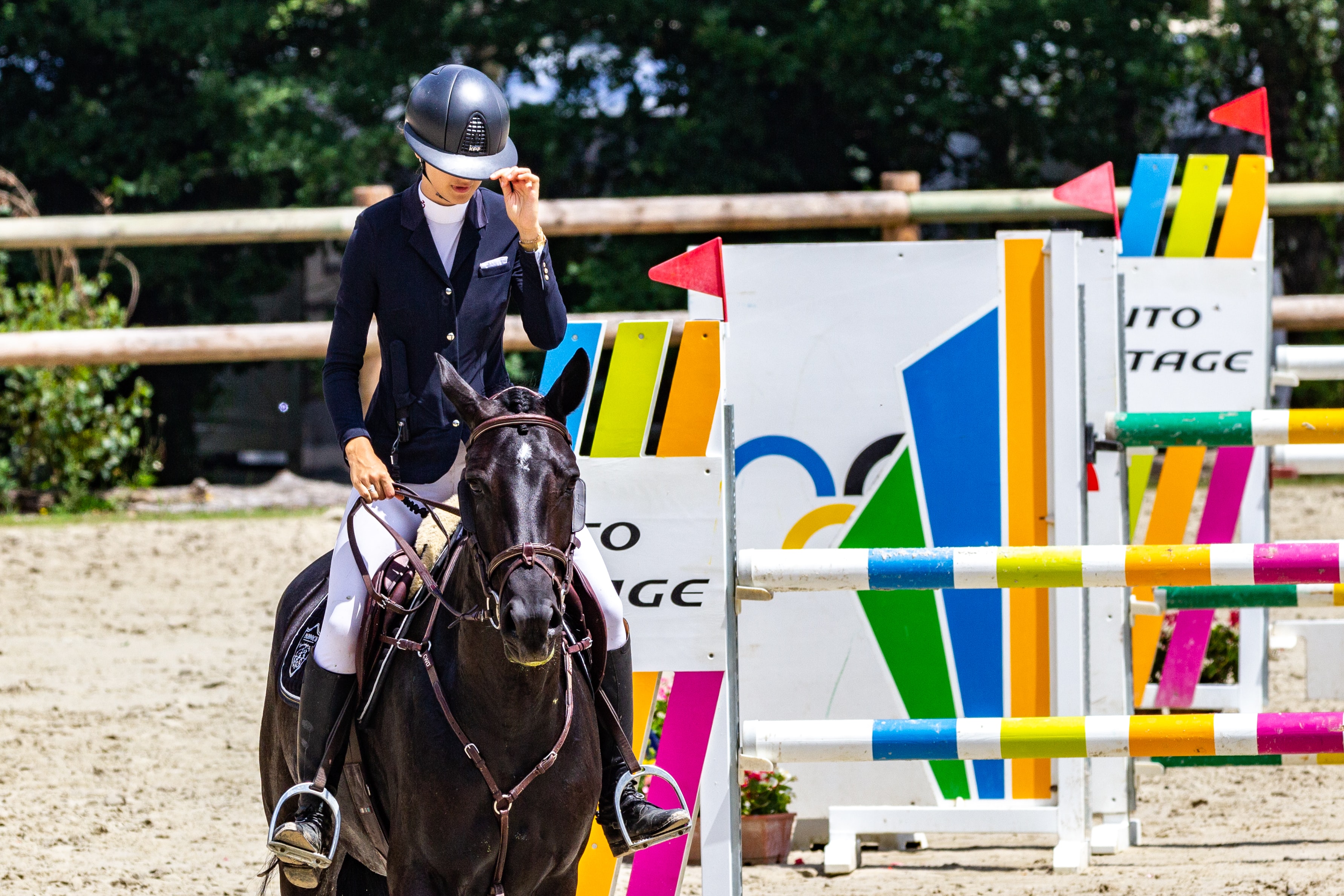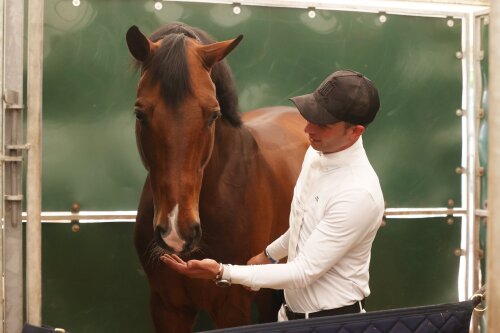According to a US study, which examined various disciplines in horse riding to determine how much energy is consumed, riding is more than just sitting down.
For the study, twenty riders took three riding tests: a three-quarter ride in which walk, trot and gallop were alternated, a cleaning test and a cutting test. They wore a telemetric gas analyser during these tests. Their heart rate, respiratory rate, pulmonary ventilation, oxygen consumption and carbon dioxide production were measured.
The study found that energy consumption and heart rate were higher during reining and cutting than during the walk-drag-gallop ride. The researchers concluded that the study provided new information about the intensity of exercise during horseback riding and the differences between different disciplines.
Dr Dennis Sigler, a professor at the University of Texas and one of his students, Colleen O'Reilly collaborated with three other researchers on this study.
"We all know horseback riding is good exercise," Sigler said. "If you ride for three quarters of an hour in walk, trot and canter, you already burn about 200 calories. If you are doing something that requires more effort, such as reining or cutting, you can even burn seven calories per minute, during the time you are riding."
According to Sigler, riders doing cutting and reining have to do more intensive work in a short time frame, while the walk-drag-gallop ride burns more calories overall. The results of the study suggest that if you ride more intense gaits, such as walk, trot and canter, you can get health benefits from weekly horseback riding.
Sigler also suggests that horse riding may be an option for people who cannot cope with other sports, such as jogging. "Some people have joints that can't handle running, but if they can ride horses and burn 400 calories in a day, that's very good too," Sigler says.
"Horse riding is also a great way to tackle childhood obesity. And we haven't even measured the therapeutic aspect of horse riding yet." How 'our' Dressage fared in terms of energy consumption was not investigated.
Source: Dressuur. nl



